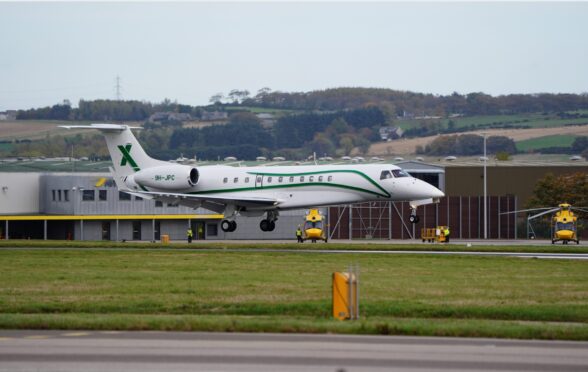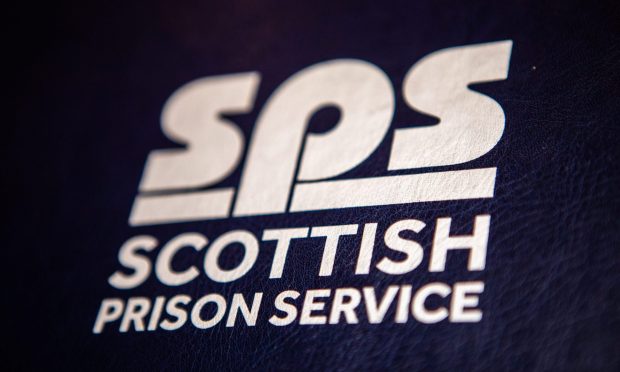Tayside and Fife will be hit by sweltering heat and thunderstorms as erratic weather moves across the UK.
Despite predictions for severe conditions across Courier country on Wednesday morning, Scotland is expected to enjoy its warmest day of the year come Thursday as a heatwave endures across the country.
However the stormy conditions are predicted to clear in the afternoon to once again give way to warmer climes, with Dundee expected to enjoy 25C.
The heatwave is expected to peak on Thursday with temperatures of up to 30C expected in parts of Scotland – hotter than the likes of Barbados, which is due to be 28C on the same day, and Lisbon, Portugal, at 27C.
Locally the hottest place is expected to be Perthshire where the mercury could climb to 27C.
The Met Office says there is a chance that Scotland’s 2019 high of 30C, set on June 28, may be broken on Thursday.
There is also a chance that the UK’s all time record of 38.5C could be bested south of the border come Thursday.
It comes after temperatures in Scotland hit a high of 28.1C in Scotland on Tuesday with the hottest local spots being Leuchars at 24.8C and Strathallan Airfield at 24.6C. The UK’s hottest place was Northolt, London, at 33.7C.
Met Office meteorologist Luke Miall said: “We have got a thunderstorm warning in force until 9am on Wednesday. There is a risk of potentially frequent lightning, rainfall, large hail as well and quite significant winds.
“They will clear off very rapidly and basically once we get to 10am-11am we should have completely turned dry and then it is mostly a dry and sunny day.
“Essentially you have got hot weather lasting for a couple of more days across Scotland.
“As we go through Thursday most places will be dry with some sunshine. Temperatures will continue to peak on Wednesday and Thursday, particularly in south-east of the UK.
“Temperatures for Thursday across Scotland as a whole will be 29C-30C. If we get 30C it will be the warmest day of the year. That is more likely to be in Edinburgh, the Central Belt or the south of Scotland.”
Sepa’s flood alerts state that urban areas and the transport network will be most at risk from the heavy rainfall on Wednesday morning.
Though the worst of the downpour is expected to be “localised”, rivers could overflow and low-lying land and roads could also be affected.







